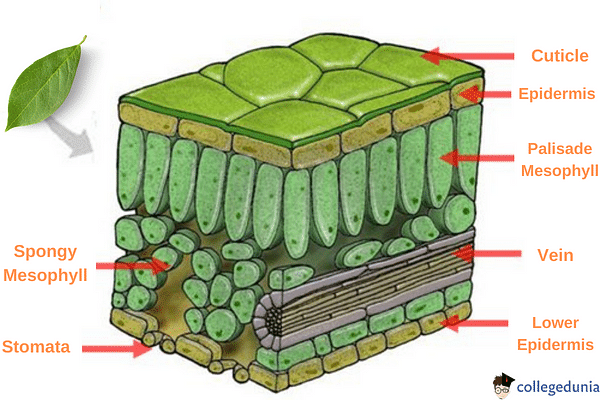Question
Biology Question on Anatomy of Dicotyledonous and Monocotyledonous Plants
Palisade parenchyma is absent in leaves of
A
mustard
B
soyabean
C
gram
D
sorghum
Answer
sorghum
Explanation
Solution
Sorghum (family-Poaceae) is amonocotplant. Leaves of monocot don't contain palisade parenchyma as the mesophyll of monocot leaf is not differentiated into palisade and spongy parenchyma. Palisade cells can be found in dicotyledonous plants and also in the net-veined monocots. These are also present in dicots like gram and soybean.
Thus, the correct answer is option D.
Important Notes on Palisade Parenchyma:
- Palisade parenchyma is also called palisade mesophyll. Palisade cells contain most of the chloroplasts in plant leaves. These cells are the kind of cells that absorb light required for photosynthesis.
- These cells enable photosynthesis to be administered and performed efficiently.
- The formation of spongy and palisade parenchyma is usually due to the differentiation of mesophyll cells of the leaf in dicots leaf.
- The mesophyll is not seen to be differentiated in monocots.

